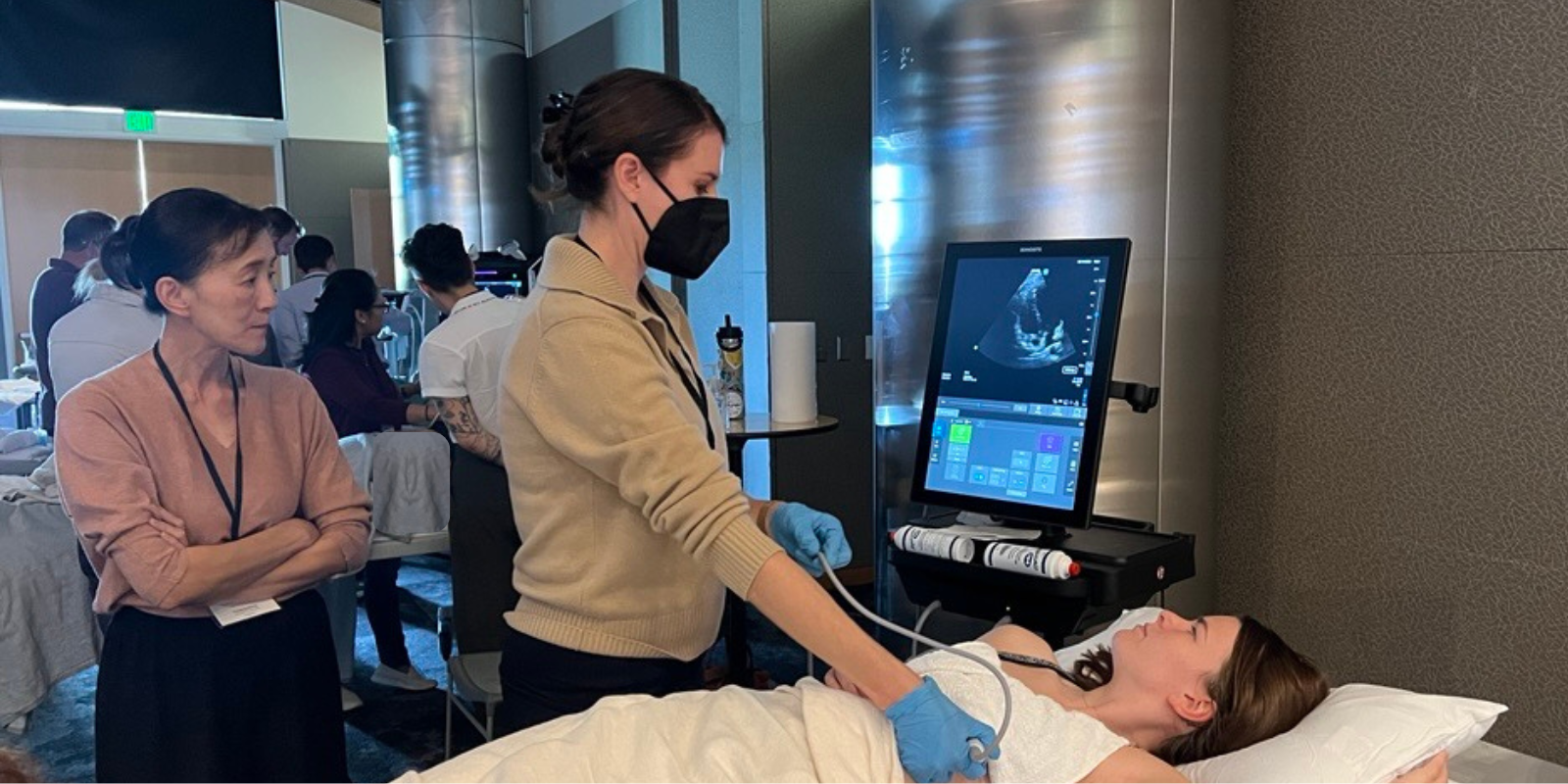In a fast-paced digital age where patients can open their test results as soon as they are available, what happens when a patient reads through complicated results without a physician there to help them understand what it all means? And what happens when a patient misinterprets bad news as good news, or vice versa?
It’s a scenario Benjamin Vipler, MD, confronted after his mom received her colonoscopy results on her health system’s patient portal. Like many patients, she opened up her results before meeting with her clinician and tried to decipher the medical jargon. Thinking the results showed she was cancer free, she shared the good news with her son, who is an assistant professor in the Division of Hospital Medicine at the University of Colorado Department of Medicine. But when she subsequently asked him what lymphoma meant, Vipler discovered she had misinterpreted results which actually indicated she had cancer.

Benjamin Vipler, MD, hiking with his dad, far left, and mom, center, in Boulder.
The experience prompted Vipler to contemplate the impact of the 21st Century Cures Act, a federal law that requires the immediate electronic release of all patient results and documents without delay. The law is intended to empower patients with their health information, but as Vipler has witnessed, it can also have unintentional consequences for patients and clinicians alike.
Hoping to encourage further studies on the law’s impact and promote discussion on how the current system can improve, Vipler wrote a Perspective article, called “‘What’s Lymphoma?’ — Risks Posed by Immediate Release of Test Results to Patients,” which the New England Journal of Medicine published on March 16.
We asked Vipler to discuss his concerns, suggestions for improving patient care, and the need for further research.
The following interview has been edited and condensed.
.gif)




